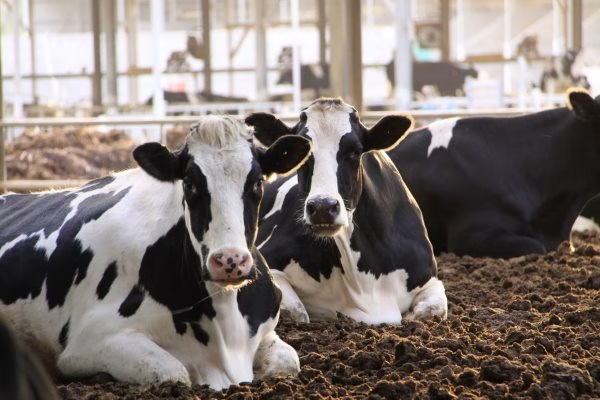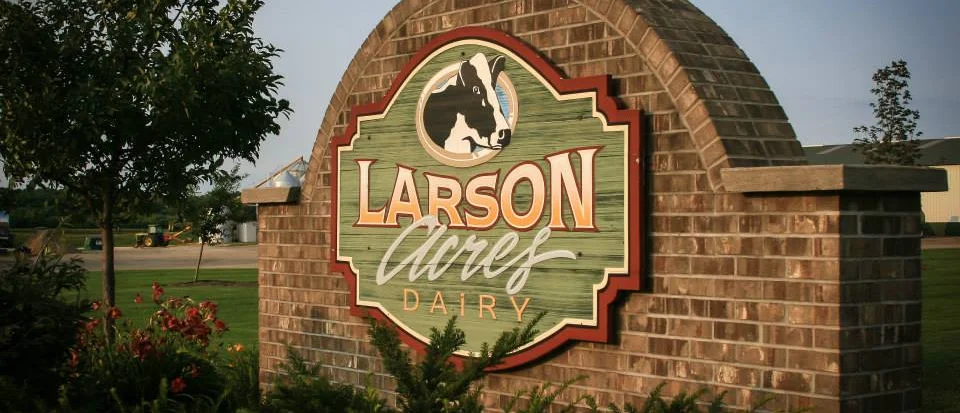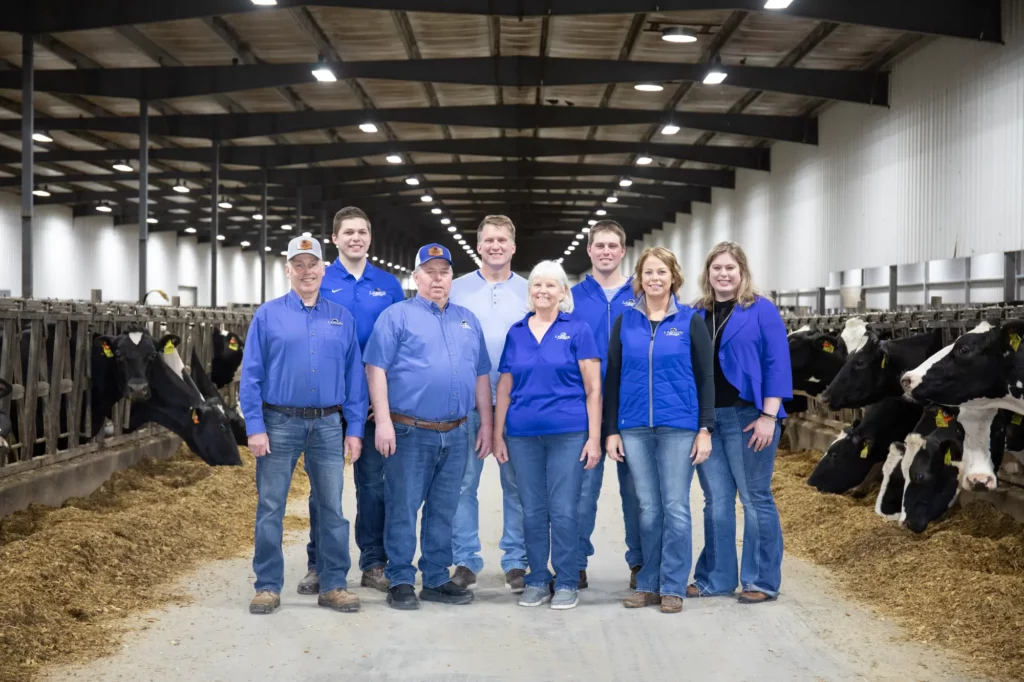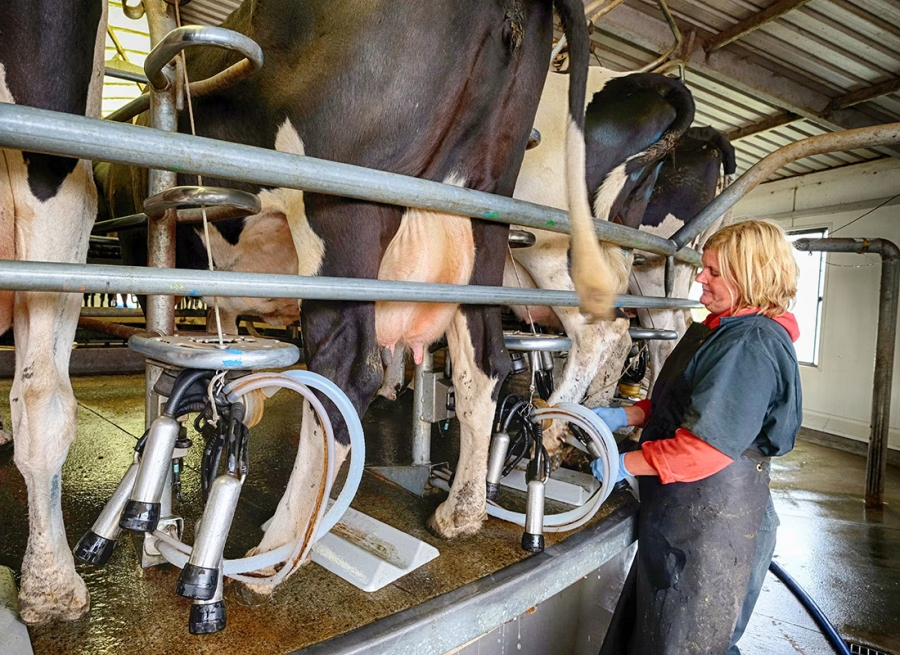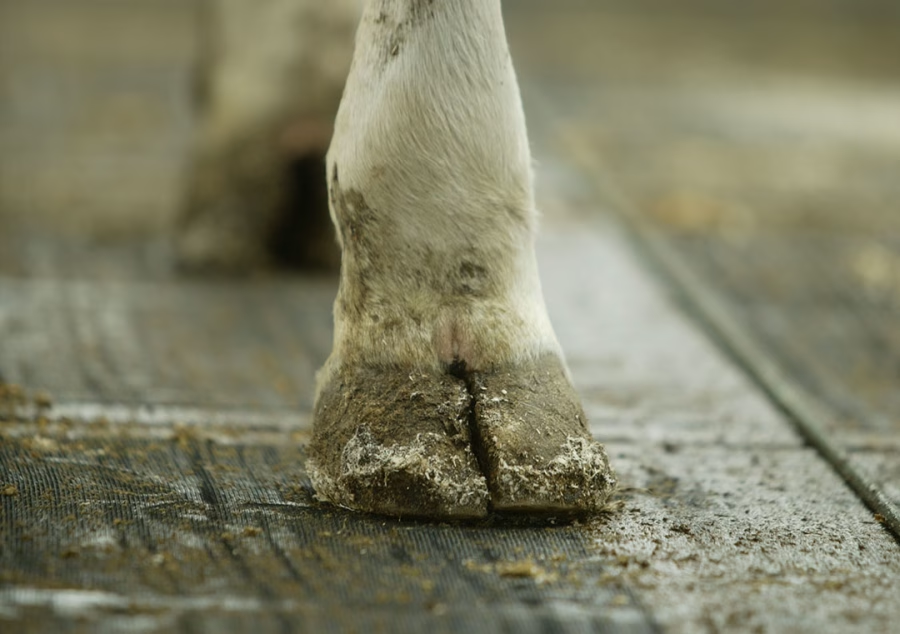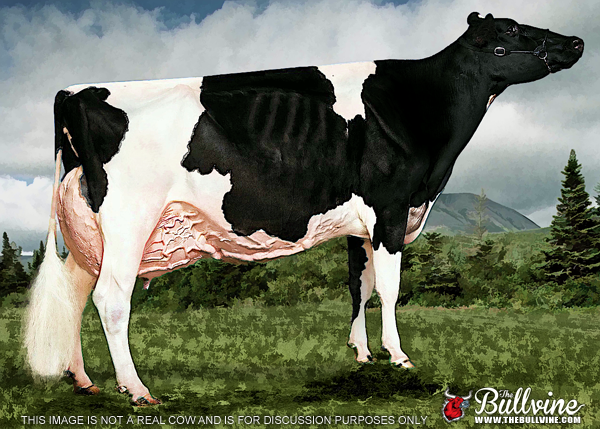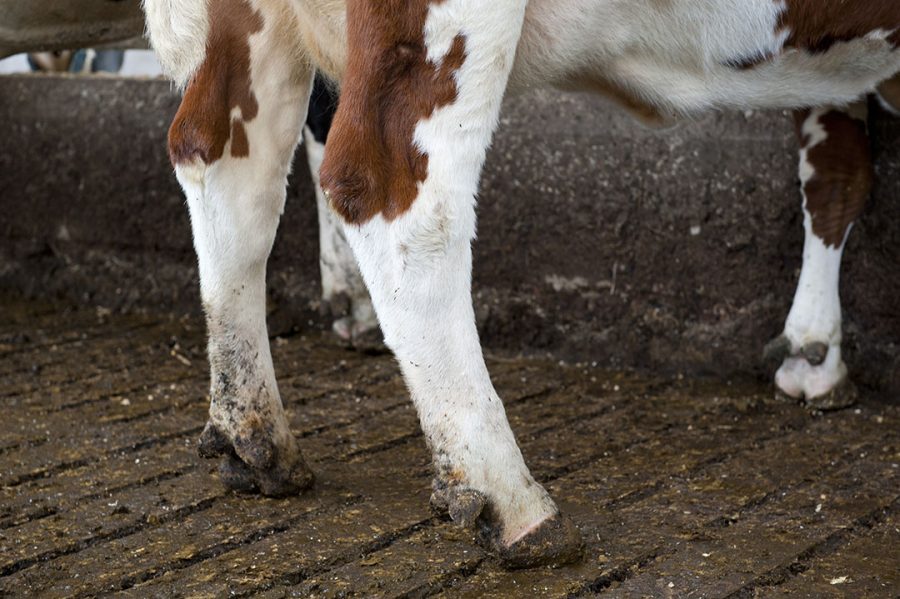Learn how better mineral requirement systems can improve your cattle’s health and production. Ready to boost your herd’s performance?
Summary: Dairy farmers know that a balanced diet is crucial for their cattle. However, the mineral requirement systems often rely on the factorial approach, which works well for minerals like Calcium (Ca) and Phosphorus (P) but falls short for others due to lacking accurate absorption data. This results in over-supplementation, leading to increased costs and environmental issues. According to the NASEM Committee, current models prevent clinical deficiencies but often lead to excessive supplementation because of uncertainties. Improved models could optimize cattle health, performance, and cost-efficiency. Implementing more accurate systems might be key to better outcomes for your herd and bottom line, enhancing productivity and reducing environmental impact as the dairy sector matures.
- The factorial method has limitations for certain minerals due to insufficient absorption data.
- Over-supplementation often occurs, leading to higher costs and environmental implications.
- Current NASEM models prevent clinical deficiencies but tend to exceed recommended supplementation levels.
- Accurate absorption data are crucial for optimizing mineral requirements in cattle diets.
- Enhancing mineral models could improve health, performance, and cost-efficiency.
- Better models can help reduce excess manure excretion of environmentally sensitive minerals.
- Investing in precise mineral supplementation practices can positively impact herd productivity and environmental sustainability.

Mineral nutrition is more than simply avoiding deficiencies; it also involves maximizing health, productivity, and reproduction. Many dairy producers depend on National Academies of Sciences, Engineering, and Medicine (NASEM) standards to develop their feeding regimens, but are they effective? Let’s look carefully at the present mineral requirement systems, investigate their limits, and make suggestions for enhancements that can benefit your company. Understanding the finer points may significantly impact your herd’s health and profits. Ensuring the proper mineral balance may result in fewer health issues, increased milk outputs, and improved overall performance. Current models often use a “one-size-fits-all” approach, yet cattle requirements vary by age, lactation stage, and feed mix. Stay tuned as we delve into these constraints and discover new methods to get the most out of your herd.
Cracking the Code: Understanding the NASEM Dairy Requirement System
First, look at the NASEM dairy requirement scheme, which primarily uses the factorial technique to determine mineral requirements. How does this work? This approach categorizes mineral needs into maintenance, breastfeeding, gestation, and growth.
Consider calcium (Ca) and phosphorus (P), for example. The factorial technique works quite effectively with these minerals. Why? There is sufficient data to establish the absorption coefficients (AC) and maintenance needs. Accurate data allows us to properly create diets without worrying about inadequacies.
However, this is only true for some minerals. Many others need help with using the factorial technique. The difficulty is in correctly predicting both the maintenance needs and the AC. Minor errors in these quantities may throw off the whole computation, resulting in dangerous nutritional imbalances.
Consider this: when some minerals are consumed more than the recommended amount, they give additional health, reproductive, and production advantages. Traditional factorial models do not take into consideration these “bonuses.” For minerals like magnesium (Mg), zinc (Zn), and selenium (Se), a response model may be more appropriate. These models track how the animal’s health and performance change in response to different mineral intake levels, giving a more thorough supplementing strategy.
Furthermore, many minerals have low AC values, often less than 0.1. Even minor inaccuracies in these low ACs influence the estimated food requirement. This is particularly true for trace minerals, where information on correct absorption is scarce. Furthermore, nutritional antagonists such as sulfur (S) may limit mineral absorption, providing another degree of intricacy.
Given these challenges, although the existing technique helps avoid clinical deficits, it nearly invariably results in over-supplementation. This is not just an economic concern but also an environmental one, increasing manure waste and other negative consequences.
Finally, improving our knowledge and methods for calculating mineral needs will be crucial. Accurate methods improve animal health and performance while minimizing costs and environmental concerns.
Cracks in the Foundation: Unveiling the Practical Challenges of the Factorial Method
The factorial technique, although comprehensive in principle, confronts several practical obstacles. Measuring accurate trace mineral absorption is a big challenge. Precise data on absorption coefficients (AC) are limited, although these values significantly influence the accuracy of dietary needs. The AC for trace minerals often needs to be above 0.1. Therefore, even tiny inaccuracies may significantly alter nutritional recommendations. For example, the NASEM (2021) changed the manganese (Mn) AC to 0.004 from its earlier estimate, doubling the needed dietary content from 15 mg/kg to 30-35 mg/kg dry matter.
Estimating maintenance needs is another difficulty. Endogenous fecal excretion, a key component of maintenance requirement estimations, fluctuates with food and body weight. The techniques for measuring this have limitations, such as the high expense and complexity of isotope research and the impracticality of giving mineral-free meals. Equations based on dry matter intake (DMI) are often employed. However, DMI only accounts for factors that could lead to mistakes.
Antagonisms complicate the factorial technique. Certain minerals, such as sulfur (S), may reduce the absorption of others, including copper (Cu), manganese (Mn), zinc (Zn), and selenium (Se). These interactions need complicated equations to estimate ACs under varying dietary situations, yet present data often need to be revised. For example, higher dietary sulfur has been found to lower hepatic copper contents (Arthington et al., 2002), demonstrating the importance of antagonistic interactions on mineral status and, by extension, dietary needs.
While the factorial system remains a core tool, its limitations require updated methodologies, including requirement and response models, to more appropriately satisfy cattle’s nutritional demands.
Unlocking the Full Potential of Your Herd with Response Models
Imagine if certain nutrients could do more for your herd than prevent deficits. This is where response models come into play. Unlike conventional requirement models, which describe the bare minimum required to avoid mineral shortages, response models take a more proactive approach. They consider the broader advantages that minerals may bring when delivered in more significant amounts. Reaching the baseline is not enough; one must strive for peak performance. Response models help you identify and implement these optimal levels for each mineral, thereby maximizing the health, productivity, and profitability of your herd.
Several minerals have shown extraordinary benefits when supplied over their factorially calculated needs. For example, increased magnesium levels have been related to better immunological function and reproduction. Zinc may improve development rates and immunological responses, particularly during stressful times like weaning or transfer. By using response models to identify and implement these optimal levels, you can significantly enhance the health and performance of your herd, leading to increased profits and sustainability.
Dairy farmers can benefit from integrating response models into mineral requirement systems. Here’s what you stand to gain:
- Optimized Animal Performance: Feeding minerals at optimal rather than minimal levels can improve milk production, growth rates, and reproductive success.
- Enhanced Animal Health: Better mineral nutrition can bolster immune function, reducing illness and associated costs.
- Cost-Effectiveness: Accurate mineral feeding reduces the need for expensive supplements and lowers the risk of over-supplementation, which can be both costly and harmful.
- Reduced Environmental Impact: Precise mineral feeding minimizes excess mineral excretion, thus reducing environmental contamination.
Incorporating response models into your mineral requirement systems entails making educated judgments based on anticipated positive outcomes. This technique promotes herd health while adhering to sustainable, cost-effective agricultural practices.
Weighing the Costs: The Price of Over-Supplementation in Cattle Diets
Many dietitians create diets that exceed stated mineral guidelines, and there is a good reason. Because of the uncertainty surrounding mineral absorption rates, a cautious attitude has emerged, with ‘more is better ‘ being the norm. However, this treatment is expensive. Have you noticed how your feed expenses are rising? Formulating meals that exceed guidelines may significantly increase feed costs. Moreover, over-supplementation can lead to imbalances and health issues in the herd, as well as environmental contamination from excess mineral excretion. It’s important to weigh these potential costs and risks against the perceived benefits of over-supplementation.
Let us discuss hostility. Over-supplementation with one mineral might impair the absorption of another. For example, feeding cows too much sulfur may interfere with copper, manganese, and zinc absorption, resulting in shortages even when dietary levels seem acceptable. You may be scratching your head, wondering why your herd’s health or production isn’t optimal despite a well-balanced diet.
Then there’s the environmental effect. Exceeding mineral needs impacts your budget, cattle health, and ecosystem. Excess minerals flow through cows and end up as manure, contributing to environmental damage. Phosphorus and nitrogen runoff from manure may pollute water sources, affecting aquatic ecosystems and causing algal blooms.
Focusing on your herd’s requirements may save money and protect the environment. It becomes a balancing act—enough to maintain maximum health and productivity without wasting resources.
Real-World Examples: The Case for More Accurate Mineral Models
Let us look at real-world examples and case studies to demonstrate the limits of present mineral requirement systems and the possible advantages of more realistic models.
- A Case of Copper: When Less is More
Consider the research on beef cattle by Arthington et al. (2002), which found considerable antagonism of copper absorption owing to dietary sulfur. Beef cattle given greater sulfur levels had lower liver copper contents, affecting their general health and growth rates. This discovery highlights the limitations of the present NASEM approach, which often needs to account for complicated dietary combinations. More precise models would allow farmers to alter copper supplementation depending on sulfur levels, reducing health problems and improving cattle performance. - Maximizing Magnesium: An Overlooked Solution
Another example is magnesium supplementation. Lean et al. (2006) did a meta-analysis. They discovered that increasing dietary magnesium lowers the probability of clinical hypocalcemia in dairy cattle. Farms implementing increased magnesium diets showed a decrease in hypocalcemia instances of up to 30%, resulting in enhanced health and milk output. However, the present factorial technique needs to account for these advantages fully. Magnesium response models would give a more customized strategy, boosting herd health and production. - Zinc’s Role in Reproduction
Rabiee et al. (2010) examined 22 dairy cow studies. They found customized trace mineral mixtures, including zinc, boosted reproductive efficiency. Days open and services per conception showed significant improvement. Farms that used improved zinc supplementation techniques reported fewer days open by an average of 12 days, resulting in more excellent reproductive performance. Current requirement guidelines do not account for these advantages. Still, response models would allow farmers to optimize zinc levels for improved reproductive results. - Selenium and Immune Support
Current systems also lack immune function. Weiss and Hogan (2005) demonstrated that selenium supplementation improves the immunological response in dairy cows, lowering the prevalence of viral illnesses like mastitis. One dairy farm in the research showed a 15% drop in mastitis incidences, resulting in decreased treatment costs and higher milk output. Dairy producers may improve herd immunity using a more complex model incorporating such data.
Implementing better models based on these case studies would provide significant advantages. Not only will they help avoid vitamin shortages and health problems, but proper supplementation may also significantly increase output and cost-effectiveness. Adopting more precise mineral requirement methods may revolutionize dairy and cattle farms as the sector matures.
Are We Throwing Good Minerals After Bad?
Are we dumping good minerals after foul? While NASEM’s existing dairy and beef mineral requirement systems provide a solid foundation, they must improve in numerous critical areas. Let’s examine the knowledge gaps and how future research may address them.
The first and most serious concern is the accuracy of absorption coefficients (AC). We need more data, particularly for trace minerals, requiring more exact absorption measurements. The factorial method’s backbone is based on exact AC values, yet tiny inaccuracies may lead to major dietary miscalculations. For example, increasing the AC for manganese from 0.01 to 0.004 increased the dietary need from 15 mg/kg to 30-35 mg/kg DM. Refining these values is critical.
We also need a more detailed knowledge of mineral interactions in the diet. Consider copper, for example. Sulfur and molybdenum, for example, may significantly impact absorption. Although we know their existence, we need vital equations that account for these interactions appropriately. Robust, evidence-based equations via well-structured research can transform this situation.
Furthermore, several minerals respond non-factorially to dietary changes, which existing techniques do not capture. When minerals like magnesium and zinc are provided more than their factorially determined demands, they have a favorable influence on health and productivity. Hybrid models that combine need and response data may provide more accurate supplementing recommendations, improving animal health and farm efficiency.
Addressing these gaps requires comprehensive, multi-factor trials. A single-factorial approach will no longer suffice. These thorough investigations should consider factors such as feed mix, animal genetics, and environmental circumstances. The goal is to create multivariable equations capable of anticipating mineral requirements under various conditions. This involves accounting for antagonist effects, such as the effect of sulfur on copper absorption, as well as describing how one mineral may affect the intake of another.
Such extensive research may be expensive and time-consuming, but the potential benefits outweigh the expenditure. We need relationships across universities, research institutions, and industry players to pool resources and exchange data. Large-scale meta-analyses and response surface approaches may turn discoveries into practical insights, transforming complicated data into simple, farm-ready tactics.
Bridging these information gaps will improve mineral formulations, maintain optimal animal health, and save wasteful costs. The future of dairy production promises to be more efficient, cost-effective, and ecologically benign.
Small Changes, Big Impact: Fine-Tuning Mineral Requirements for Better Outcomes
As a dairy farmer, you understand that every choice you make impacts your herd’s health, production, and profitability. Implementing more precise mineral requirement methods may significantly improve your business. Here’s how you use the most recent findings to improve performance, save expenses, and decrease environmental impact.
- Analyze and Adjust
First, undertake a detailed examination of your existing eating schedule. Are you over-supplementing some minerals because you need clarification about their precise requirements? Accurate statistics help you avoid wasting money on needless supplements. For example, reevaluating the AC (absorption coefficients) of minerals like calcium and phosphorus might help you adjust your feed formulas more precisely. - Embrace Precision Feeding
With more precise requirements, you may transition to precision feeding, which tailors mineral supplements to the unique needs of distinct groups within your herd. This implies feeding an optimal diet to breastfeeding cows, dry cows, and young heifers. This guarantees that each animal receives enough nutrients without the waste associated with blanket supplementing procedures. - Reduce Costs
Accurate mineral needs enable you to reduce the expenses associated with oversupplementation. This lowers feed prices and minimizes the cost of handling extra manure. Minerals such as magnesium and zinc may be expensive when consumed in excess. You may reinvest your savings in other aspects of your farm by fine-tuning your mineral program. - Monitor and Adjust Based on Herd Responses
Track and monitor your herd’s health and performance to observe how it reacts to the modified feeding schedule. Improvements in milk production, reproductive performance, and general herd health suggest that your new method is effective. Continuous monitoring enables you to make incremental changes and optimize further. - Environmental Stewardship
Reducing oversupplementation is essential not just for your wallet but also for the environment. Excess minerals are often expelled in manure, contaminating soil and water. Applying exact mineral needs reduces your farm’s environmental imprint. This is an increasingly significant factor as nutrient discharge rules tighten. - Consult with Experts
Maintain constant contact with animal nutritionists and consultants who are up to speed on current research and suggestions. They can assist you in interpreting the new data and implementing adjustments efficiently. Their experience helps ease the transition and ensure your herd fully benefits from more precise mineral needs. - Invest in Training and Technology
Investing in training for yourself and your employees may provide concrete results. Understanding the physics underpinning mineral needs and how to employ precision feeding equipment will help you execute these adjustments more efficiently. Feeders that monitor and modify mineral distribution in real-time are valuable weapons in your arsenal.
Finally, more precise mineral requirement systems enable you to improve your herd’s health, increase production, and operate more sustainably. Making educated modifications may result in modest advances that lead to significant long-term advantages.
The Bottom Line
The present level of mineral requirement systems for cattle exposes significant gaps and limitations, notably with the prevailing factorial approach. While this strategy is effective for certain minerals, such as calcium and phosphorus, it falls short for others, potentially leading to oversupplementation and higher expenses. Incorporating response models may overcome these weaknesses by accounting for the added advantages of minerals, hence improving animal health, productivity, and economic efficiency. Fine-tuning these needs by improved research, precision feeding, and ongoing monitoring may significantly enhance herd health and minimize environmental impact.
Understanding and enhancing these systems is critical for dairy farmers seeking to improve output and preserve the long-term viability of their businesses. Are we doing enough to understand our cattle’s complex demands, or are we relying on antiquated models that may be causing more damage than good? Improving our understanding and application of mineral needs is crucial for the future success of dairy farms. What efforts will you take now to keep your herd healthy and productive tomorrow?
Learn more:
- Maximize Your Dairy Farm’s Profit: Insights from the 2021 Nutrient Requirements Report
- Adjusting Strategies for Alternative Forages in Dairy Farming: Optimizing Crop Nutrition
- Top 7 Data Points to Track for Optimal Herd Performance
 Join the Revolution!
Join the Revolution!
Bullvine Daily is your essential e-zine for staying ahead in the dairy industry. With over 30,000 subscribers, we bring you the week’s top news, helping you manage tasks efficiently. Stay informed about milk production, tech adoption, and more, so you can concentrate on your dairy operations.







 Join the Revolution!
Join the Revolution!